
The new C700 marks a departure from the design philosophies behind the C100, C300 and C500. For the first time, Canon has made what looks like a ergonomic, shoulder-mountable camera that shares a lot of similarities with its competition. In fact, if you look at the C700 closely, the design is a real hybrid of several other cameras. The front end of the camera looks very much like a C300; it is long and thin like a Arri Amira; has a side control panel that looks similar to the Sony F5/55; and an assistant’s panel that looks very much like the one for the Varicam 35 and LT.
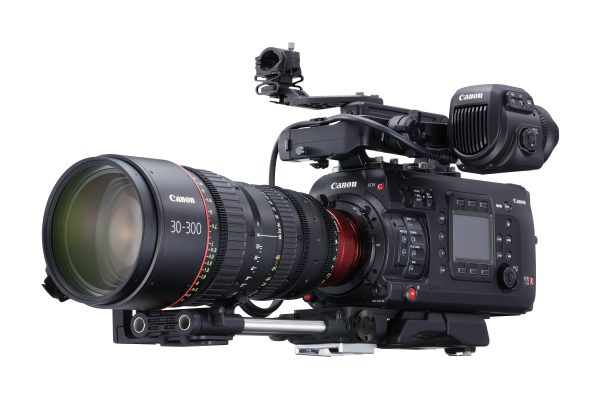
Some Canon users, particularly from an ENG background, have been requesting a more shoulder-friendly camera for many years now. The C300 was a very popular camera for Canon, but let’s face it, the ergonomics left a lot to be desired if you wanted to put it on your shoulder. The C700 concept has been in the works for a long time, and Canon were showing a very early shoulder-mountable prototype to select people more than 2 years ago.
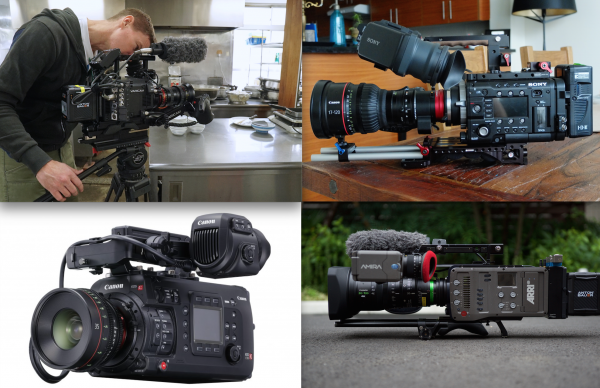
The camera is direct competition for the Arri Amira, Varicam 35/LT and Sony F55. All of these cameras are now well established and already entrenched in the market.
The problem I have with the C700 isn’t with the camera itself, it is with the timing. It’s like Canon engineers got in a DeLorean and went back to the future. The camera would have been a great option two to three years ago, but it really doesn’t offer anything that substantial over its current competition (the Sony F55 was announced in 2012, the Arri Amira in 2013 and the Varicam 35 in 2014). I really think Canon missed the boat here as they had a prime opportunity to introduce something “different” that would have made the camera really stand out. Why not introduce a full-frame multi-aspect sensor? Canon has the ability to do it, and it would have set the C700 apart from its competition. Sure, there is a lot to like about the C700, but there is nothing there for me that differentiates it enough from its rivals.
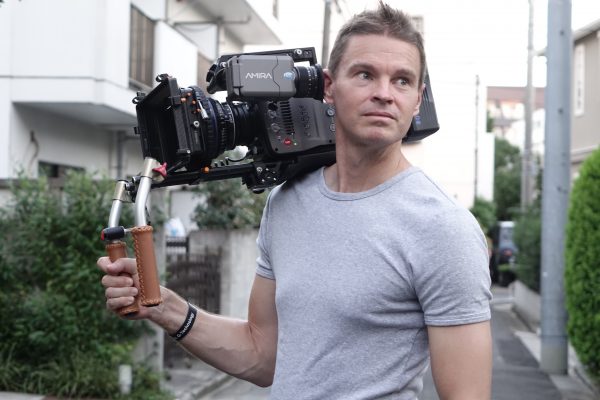
When Arri released the Amira it was widely applauded as being the first real ergonomically designed digital cinema camera to come onto the market. The price however was steep, and a lot of people couldn’t justify the purchase. A kitted-out C700 is going to be right up there with Amira in terms of entry cost, but without the Arri name.
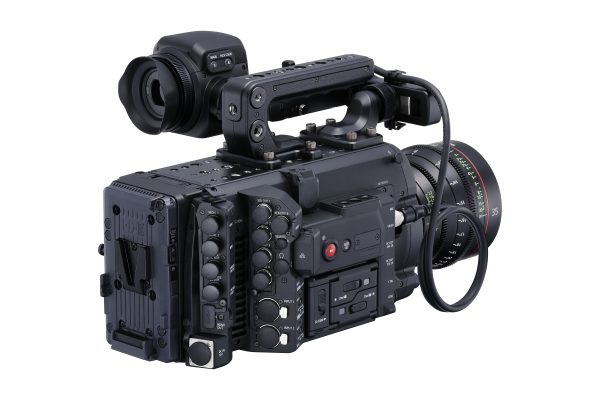
Who is the C700 aimed at? At the price point Canon has set, the only people who will seriously look at buying this camera are the same ones that would buy a F55, Arri Amira, Varicam 35/LT, or to a lesser extent a RED Weapon. For the type of productions or shoots where you would probably use the C700, existing competitors’ cameras have saturated the market. In episodic TV, which I suspect is Canon’s key target market for the C700, Arri still dominates and it isn’t unusual to see an Amira being used alongside an Alexa. In outside broadcast events you will often see a lot of F55s being used along more traditional OB cameras. Panasonic have tried to get into both these areas, but with a lot less success than Arri or Sony. In high end documentaries and reality TV there are a wide variety of different cameras being used.
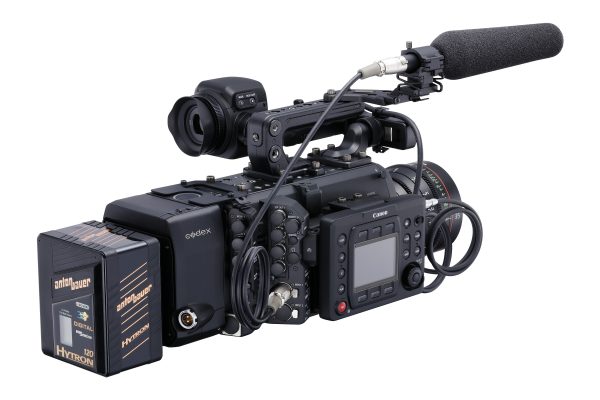
Just as the Varicam 35 has struggled to get traction, the C700 may face the same problem. If history is anything to go by, the cameras that have struggled to generate sales have always been the ones that have been late to the party, such as the Varicam 35/LT and C300 Mark II. The cameras that were very successful were launched at opportune times. The original C300 was released when there weren’t any affordable Super 35mm cameras that could internally record a 50Mb/s broadcast friendly codec. Likewise, the Sony F5/55 didn’t have any real direct competition at the time. Unfortunately, the C700 has turned up unfashionably late, and just like the C300 Mark II and Varicam 35/LT, it could initially struggle to generate sales.
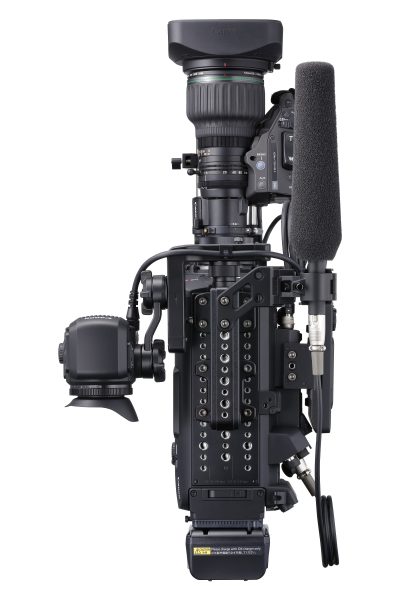
To be clear, I don’t dislike the C700; in fact, I think it is real step forward for Canon in terms of going with a more ergonomic and well-thought-out camera. With a proper shoulder mount, EVF (a first for Canon) and a range of recording options (including ProRes – another first for Canon), it ticks a lot of boxes. The problem for the company is that a lot of their customers have become so comfortable using the current C series that they may find the design change and the steep entry price not to their liking. They should have changed the form factor a lot earlier, at the time the C300 mkII came out. I also think the C700 would have had far broader appeal if it hadn’t been so big, but closer to Sony’s FS7. The way some productions use Arri’s Alexa Mini rigged out into a kind of smaller Amira on the shoulder shows that many operators now prefer a slightly lighter weight camera.
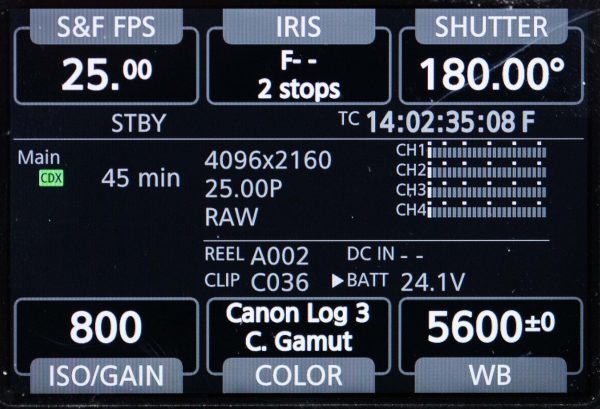
While Canon might have good colour science, their achilles heel seems to be their inability to offer higher resolutions in slo-mo. The lack of non-cropped high frame rates when recording internally using Apple ProRes is sure to infuriate people. Canon will argue that you can use their XF-AVC codec to shoot 120 fps in HD without scaling and also point to the Codex recorder’s ability to shoot 4K 120fps in RAW, it can do 2K at up to 240fps that uses a crop of the sensor. But in 2016, having a top tier digital cinema camera that can only record up to 60fps ProRes internally without a sensor crop is a hard pill for people to swallow regardless of the technical explanation.
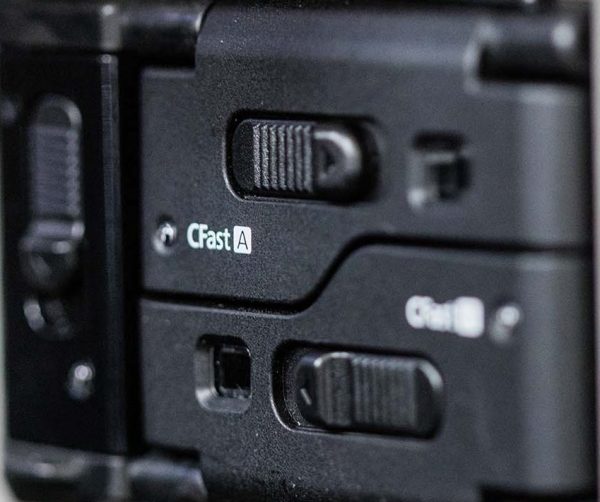
The other slight drawback is that you can only record ProRes 4444 12-bit in HD and 2K, not in 4K/QFHD resolutions. The Arri Amira will record in ProRes 4444 and ProRes 4444 XQ in all resolutions including UHD. The Varicam 35 also lets you record AVC-Intra4K444. There is an optional Codex RAW recorder available for the C700 that will allow you to record up to 4K RAW at 120fps, or 4K ProRes at 60fps. You can also capture 2K/HD Prores up to 120fps in 10-bit without windowing, and if you want 12-bit recording you can do ProRes 4444 XQ at 60fps. Lastly it can also record a 2K/HD crop at 240fps in 10-bit ProRes 422 HQ. While these options are all fantastic, the cost of the Codec recorder and media is unlikely to be cheap. To give you a probable ball park figure, the Codex recorder for the Panasonic Varicam is $12,000 US and the media it record to can be upwards of $2500 US. UPDATE: It seems like the Codex CDX-36150 RAW recorder could end up being around the $6000 US mark, making it more in line with the price of the Sony AXS-R7.
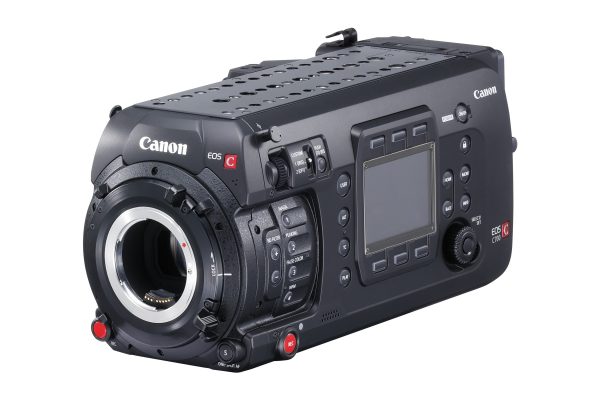
On the positive side the camera does feature the same Dual Pixel CMOS AF system that is available on the C300 Mark II, and this will make the C700 the only top tier digital cinema camera available with an advanced auto focus system. Will we see some high end productions using auto focus? In reality it is unlikely just yet, but Canon has proven that it can be done. Autofocus has always been scoffed at by professional operators, but as the technology continues to improve I am sure one day it will be good enough that everyone will be using it.
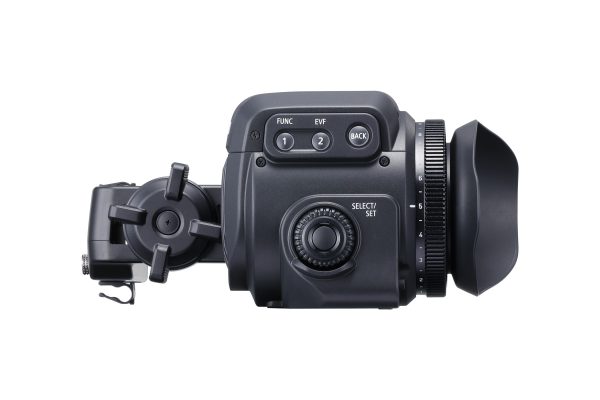
One of the other nice things to finally see on a Canon cinema camera is a proper EVF. This is an optional extra, and while far from cheap, it is something that I would definitely buy as a shooter. I have used proprietary EVFs on the Sony F55 and Arri Amira, and I can’t stress enough the value of having an excellent viewfinder. The good news for C300 Mark II owners is that the C700 EVF will work on that camera.
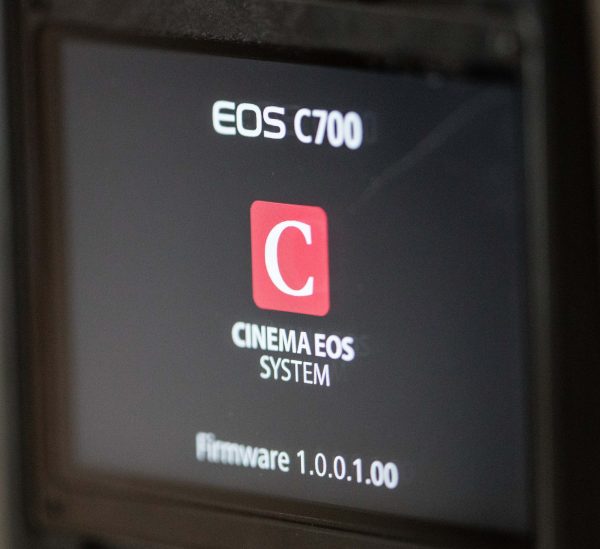
One thing Canon does differently from other manufacturers is their approach to firmware. We have seen Sony and Arri both incrementally release updates for their cameras, enabling features that were promised at launch, over a long period of time. Sometimes – as in the case of the F55 – it took years for some of the key firmware to be enabled in the camera. Canon has a good track record of actually releasing a camera with everything they promise enabled. You normally don’t have to wait for key features to be enabled via firmware. It will be interesting to see if the C700 follows this same path. I suspect it will (edit- although it seems that according to some sources the 4.5K external recording will be added later via firmware).
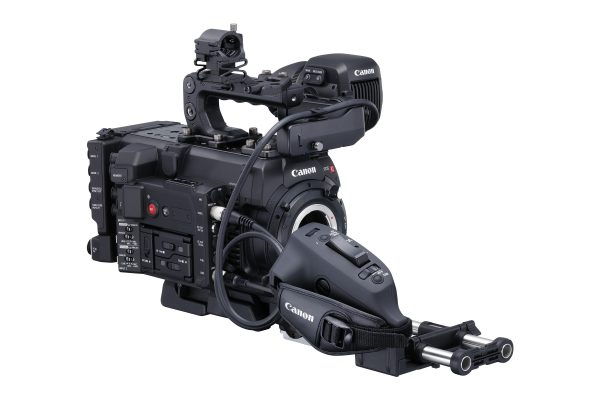
There is two versions of the camera available, one with a global shutter and one without. What is interesting is that Canon have decided to make the sensor block factory-upgradable if you wish to switch to the global shutter sensor block. This is something Sony made available if people wanted to upgrade the sensor block on a F5 to a F55. There is currently no information about how much that will actually cost to do.
As an owner/operator it is becoming increasingly difficult to justify buying an expensive digital cinema camera. With more and more cameras having similar specifications, the days of productions requesting a specific camera are on the decline. From my own personal experience, a lot of people who hire me don’t care what camera I am using as long as it meets basic requirements. These same clients will pay me the same amount of money regardless of whether I am using a $5000 camera or a $50,000 camera. I own an Arri Amira, and there is absolutely no doubt in my mind that I could be using a much cheaper camera and still earning the same amount of money. The reason I own an Amira is that it makes my job as a cameraman easier and I get personal enjoyment out of using it. Is it a wise business purchase? Probably not. My point is that cameras such as the C700 are positioned in a very niche market, and manufacturers are very unlikely to entice potential buyers to step up from a camera that costs considerably less. With very capable cameras available in the sub $10,000 range, finding someone willing to part with $30-40,000 is very difficult. The C700 could very well find itself as more of a rental camera than a owner/operator purchase.
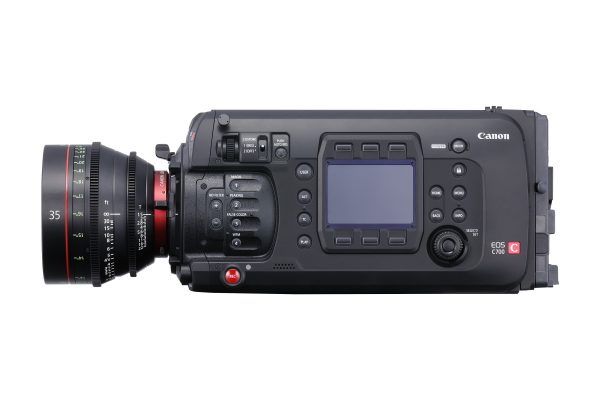
The C700 will undoubtably be a very capable camera that can capture beautiful images and be used for a variety of different projects, but it is 2016 now, and it may well be 2017 before you can actually buy one. With falling camera prices and the speed at which technology is moving, the C700 really does look like a camera that just missed the mark for owner/operators. I applaud Canon for finally making a camera that I think people will like, but for me it is a case of too little, too late.
Latest news

The Mandalorian, Ocean’s 13, & Jack Reacher Rigging Gaffer Bobby DeChellis Breaks Down Lighting Challenges on Big Sets

Sigma Aizu, Japan: A journey through our factory



